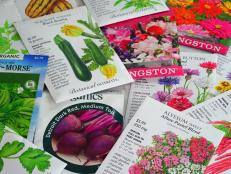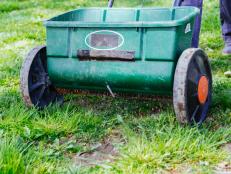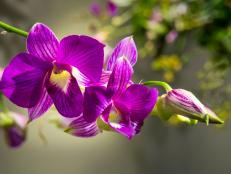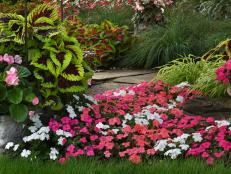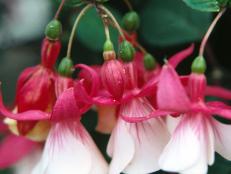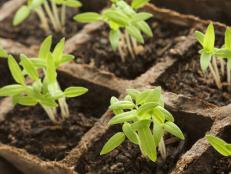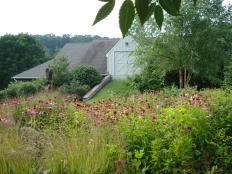Orchid Seeds
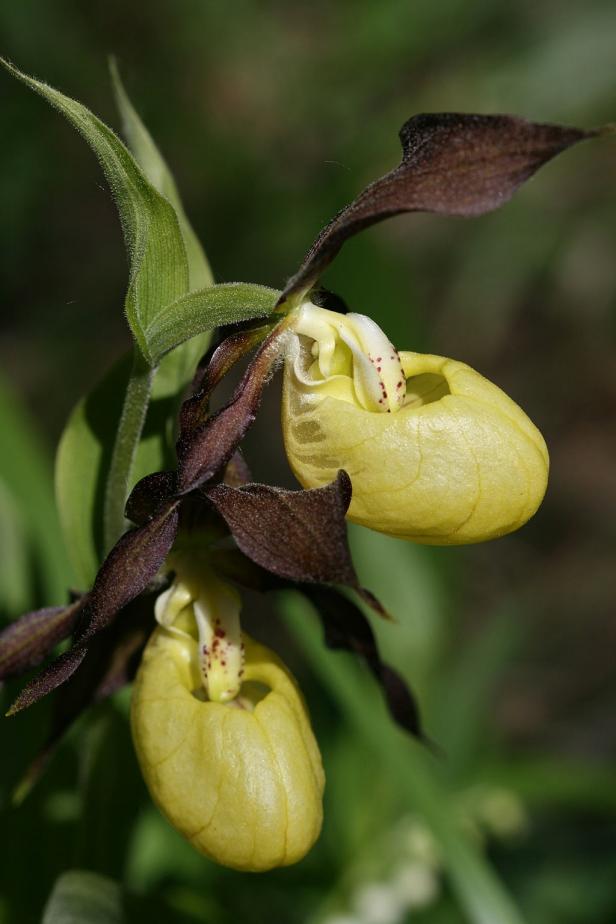
Image courtesy of the Chicago Botanic Garden
Discover why sowing hardy orchid seeds isn’t something the average gardener tackles. It’s possible to grow orchids from seed, but it’s an investment in time and patience. In the orchid garden outdoors, orchid seeds can take up to two years (or longer) to show any leaf growth. It might take four to eight years for orchid seeds to produce a plant capable of blooming.
Orchid seeds aren’t like other plant seeds. Most plant seeds contain a food source or reserve that jump-starts the seedling’s growth and produces that first set of baby leaves known as cotyledons. Orchid seeds don’t have that food reserve, which might be why orchid seeds are tinier than dust. They’re so miniscule that they’re difficult to see and even more challenging to handle. A simple breeze can blow seeds way off course from the planting spot where you want to plant them.
Because orchid seeds lack a food reserve to fuel growth, they need another way to obtain the nutrients and hormones they require to form a new plant. Orchid seeds get these resources from a specialized fungus found in soil known as mycorrhiza. Many types of mycorrhizal fungi exist. They form a symbiotic or mutually beneficial relationship with plant roots. The fungus supplies water and nutrients to plant roots, while the plant provides food to the fungus.
For orchid seeds, a specific mycorrhiza has to be present in soil for seeds to be able to germinate and grow. Most hardy orchids, if they’re growing successfully in soil, have that mycorrhiza fungus in the soil around them. The adult orchids don’t need the fungus to survive, but it’s usually occurs naturally where the plants grow.
If you do sow orchid seeds in your garden, it’s a good idea to plant them near where the adult hardy orchid plant is growing. This helps raise the odds that the mycorrhiza you need for those seeds to germinate and grow is present in the soil.
You can plant orchid seeds up to a few feet away from the parent plant, provided the growing conditions are similar, and you’ll probably get some germination. The closer you plant the seeds to the parent, though, the more likely you are to obtain new seedlings.
Most orchids are grown using tissue culture. In 1922 Dr. Lewis Knudson at Cornell University developed a method of sprouting orchid seeds in a petri dish in a special blend of materials and nutrients he developed. Today that growing medium is known as the Knudson formula and is used to grow hardy orchids from seed in the sterile conditions of a lab.
Tissue culture allows a quick germination—but not quick growth to maturity and blooming. Even hardy orchids grown using tissue culture can take up to eight years to flower. The hardy orchid bletilla, also called ground orchid, can flower in as few as three years when grown from orchid seeds.







